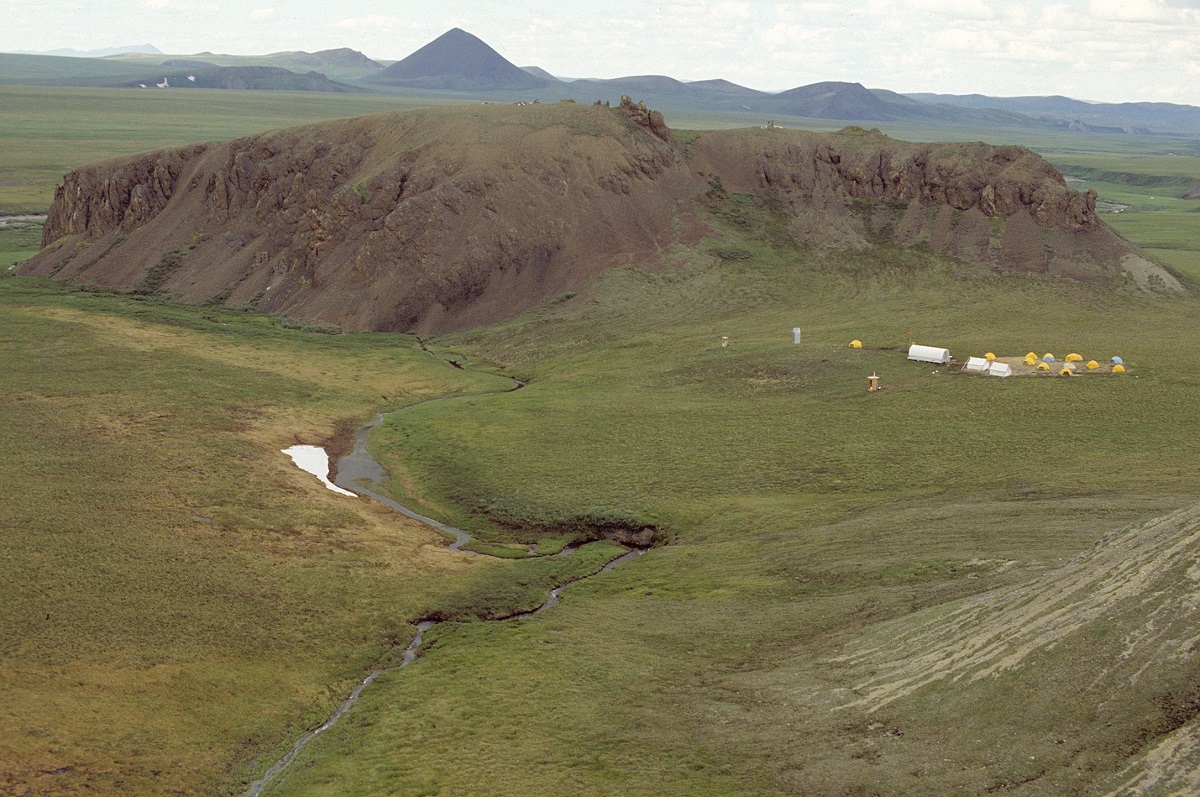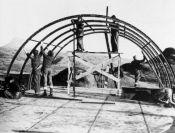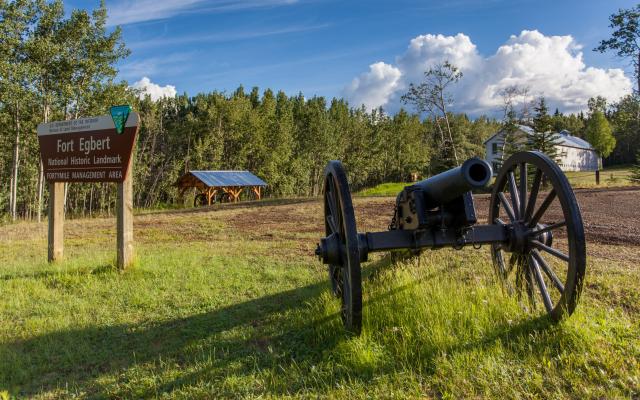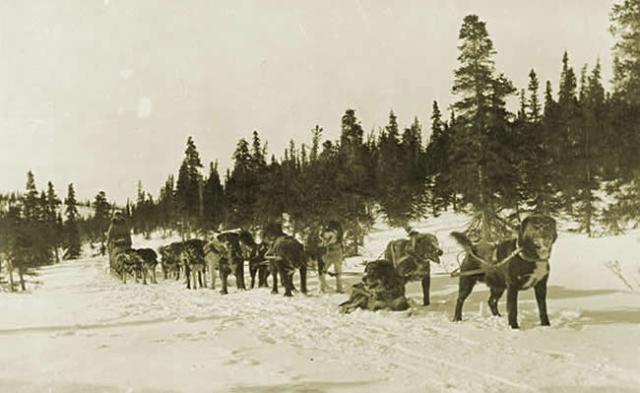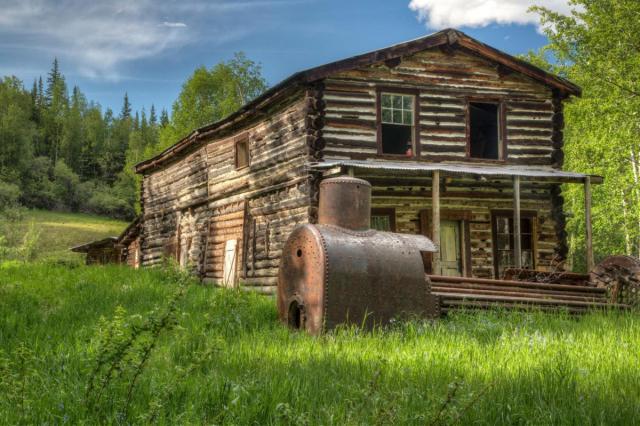BLM Alaska Archaeology
The BLM in Alaska manages thousands of archaeological sites throughout Alaska spanning nearly 15,000 years in age. They contain fascinating evidence of earlier people with different cultures who lived in what is today Alaska.
That evidence includes remains of their distinctive tools, traces of their ancient dwellings, and other evidence that can be used to help us know more about these prehistoric people and how they lived. Also, archaeological sites on BLM-managed lands in Alaska bear evidence of more recent land use by people from historic times about whom there are contemporary written records.
Thus, archaeological sites in Alaska range from over 14,000 years old, to more recent historic sites from the 20th century. They also include sites from the Russian Period that ended in 1867, to those from late 19th and early 20th century gold rushes, to sites within the living memory of many Americans today.
Since the time of Alaska’s statehood in 1959, many significant archaeological discoveries in Alaska on BLM-managed lands have revolutionized our understanding of this state’s most ancient people. They are helping answer the enduring question in archaeology: "When and how did the first people come to the Americas?”
Below is a sample of some of the significant prehistoric and historic archaeological sites managed by the BLM in Alaska today:
Mesa Site
Used as early as 14,000 years ago, this ancient game lookout site, sits on a high mesa-like formation on the northern flank of the Brooks Range Mountains. Ancient stone projectile point made by PaleonIndians are similar to those found in earliest archaeological sites in the western continental United States. Explore the Mesa Site
Raven Bluff
Over 10,000 years old, the Raven Bluff site, in northern Alaska, dates back into the PaleoIndian period. This important archaeological site helps us understand more about the earliest inhabitants of North America. Explore the Raven Bluff site
Tangle Lakes Archaeological District
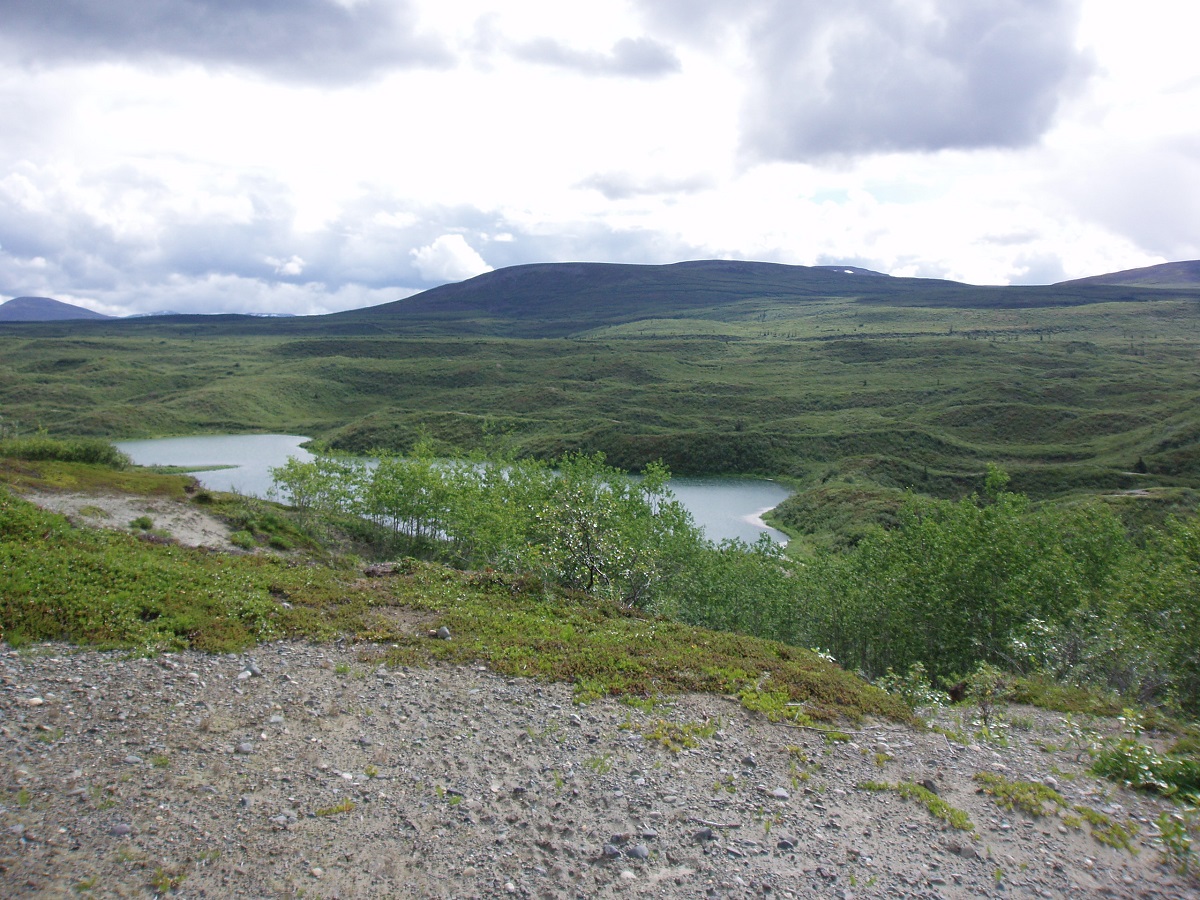
The oldest of the more than 600 recorded sites in the Tangle Lakes region of central Alaska are over 10,000 years old. They provide evidence of ancient hunters using an ice-dominated landscape into more recent times. Explore the Tangle Lakes Archaeological District
Sitka Blockhouse
The BLM manages the Sitka Blockhouse, an early 1960s replica of a Russian fortification for the town of Sitka, which was once the capital of Russian America. The original structure was part of a defensive stockade built around Sitka in the early 1800s, with an historic Russian period cemetery nearby. Explore the Sitka Blockhouse
Campbell Tract WWII
During World War II (1941-1945) the Campbell Tract in southeastern Anchorage, Alaska played a military role in the war. Remnants of bomber parking pads and taxiways, building foundations, foxholes, and defensive earthworks can still be seen today. Explore the history of Campbell Tract
Fort Egbert
The U. S. Army’s establishment in 1899 of Fort Egbert on the Yukon River, a few miles from Canada, was to bring profound changes to the region and reshape Alaska's ties to the rest of the nation. Explore Fort Egbert and plan your visit
Iditarod National Historic Trail
Today’s Iditarod Trail, a symbol of frontier travel and once an important artery of Alaska’s winter commerce, served a string of mining camps, trading posts, and other settlements founded between 1880 and 1920, during Alaska’s Gold Rush Era. Explore the Iditarod National Historic Trail
Steele Creek
Dating back to 1898, in its day, the small settlement at Steele Creek served vital needs along the main overland trail between the historic towns of Eagle, along the Yukon River, and Chicken, in the Fortymile drainage. Explore the Steele Creek Historical Site

